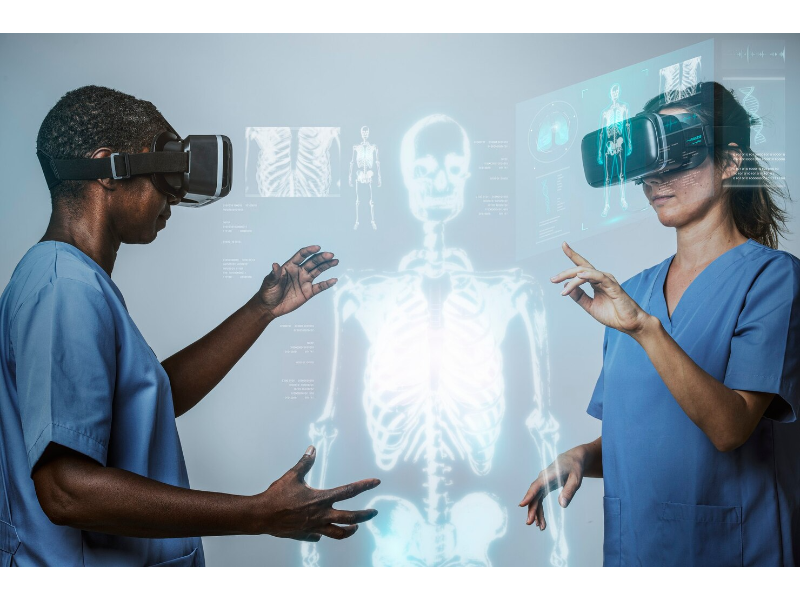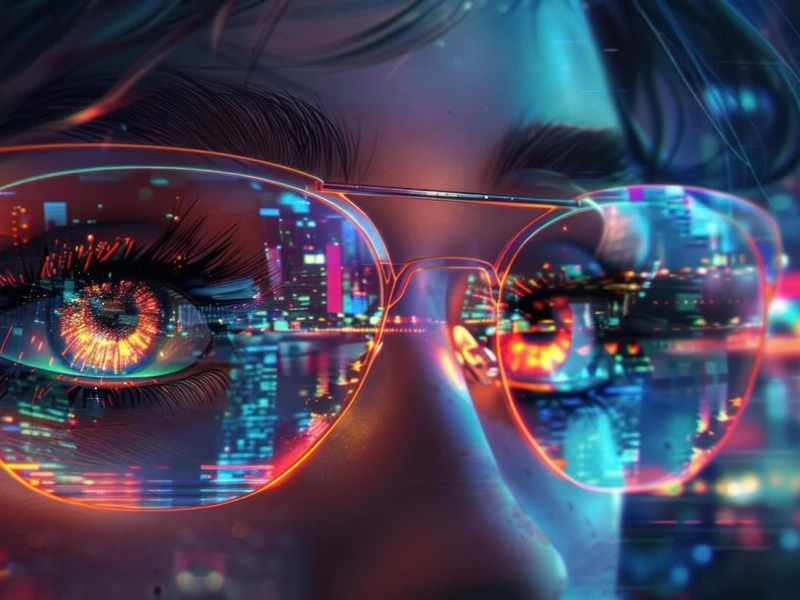- 3D computer vision is a field of computer science that enables computers to understand and interpret three-dimensional data from the world.
- It has applications in various industries, including robotics, healthcare, entertainment, and autonomous vehicles.
- Key techniques in 3D computer vision include stereoscopy, structured light, and depth sensors.
3D computer vision offers machines the ability to perceive and understand the world in three dimensions. Unlike traditional computer vision systems, which primarily process two-dimensional images, 3D computer vision algorithms analyse spatial data to create detailed representations of the environment. This enables applications ranging from autonomous navigation for drones and robots to immersive augmented reality experiences and precise medical imaging.
Fundamentals of 3D computer vision
3D computer vision revolves around the ability to capture, process, and interpret three-dimensional data. Unlike 2D images, which provide information about the appearance of objects, 3D data includes information about the shape and spatial arrangement of objects. This data can be obtained through various means, such as stereoscopic imaging, depth sensors, and structured light.
Stereoscopic imaging: This technique involves using two cameras placed at different angles to simulate human binocular vision. By analysing the differences between the two images, the system can infer depth information and reconstruct a 3D model of the scene.
Depth sensors: Depth sensors, such as LiDAR and time-of-flight cameras, emit signals (light or sound) and measure the time it takes for the signal to return after hitting an object. This time delay is used to calculate the distance to the object, providing accurate depth information.
Structured light: In this method, a known pattern of light (such as stripes or dots) is projected onto the scene. The deformation of the pattern when it strikes surfaces is analysed to determine the 3D shape of the objects in the scene.
Also read: Google and HP to launch 3D video conferencing platform Project Starline
Key techniques in 3D computer vision
Feature extraction: This process involves identifying and isolating significant parts of the data, such as edges, corners, and surfaces. These features are crucial for recognising and differentiating objects within a 3D scene.
Point cloud processing: A point cloud is a set of data points in space, typically produced by 3D scanners. Processing point clouds involves filtering, segmentation, and surface reconstruction to create a coherent 3D model of the environment.
3D reconstruction: This technique aims to create a complete 3D model from partial data. Methods such as volumetric reconstruction and surface fitting are used to fill in missing parts of the scene, producing a detailed and accurate 3D representation.
Object recognition: Object recognition in 3D involves identifying and classifying objects within the scene. This can be achieved through machine learning algorithms that are trained on 3D data, enabling the system to recognise objects based on their shape and spatial relationships.
Applications of 3D computer vision
Robotics: In robotics, 3D computer vision is essential for enabling robots to navigate and interact with their environment effectively. Autonomous robots rely on 3D vision to understand their surroundings, avoid obstacles, and manipulate objects with precision. For instance, warehouse robots use 3D vision to move through aisles, pick up items, and place them in designated locations.
Healthcare: The healthcare industry has seen significant advancements due to 3D computer vision. Medical imaging techniques, such as CT scans and MRIs, produce 3D images that allow doctors to examine the human body in detail. Surgeons use these images for preoperative planning and guidance during complex procedures. Additionally, 3D vision aids in developing prosthetics and orthotics tailored to the patient’s unique anatomy.

Doctors are wearing VR simulation with hologram medical technology.
Entertainment: In the entertainment sector, 3D computer vision enhances the creation of realistic visual effects and animations. Motion capture technology uses 3D vision to record actors’ movements and translate them into digital characters. This technology is widely used in filmmaking, video games, and virtual reality experiences, creating immersive and lifelike content.
Autonomous vehicles: Self-driving cars depend heavily on 3D computer vision to understand and navigate their environment. These vehicles use a combination of cameras, LiDAR, and radar to create a 3D map of their surroundings, detect obstacles, and make real-time driving decisions. This capability is crucial for ensuring the safety and reliability of autonomous transportation systems.
Manufacturing: In manufacturing, 3D computer vision is utilised for quality control, inspection, and automation. Machines equipped with 3D vision systems can inspect products for defects, measure dimensions with high precision, and guide robotic arms in assembly lines. This technology improves production efficiency and reduces the likelihood of errors.
Future trends in 3D computer vision
Artificial intelligence integration: The integration of artificial intelligence (AI) with 3D computer vision is set to drive significant advancements. AI algorithms can enhance the accuracy and speed of 3D data processing, enabling more sophisticated applications. For example, AI-powered 3D vision systems can improve object recognition in complex environments, making autonomous systems more reliable.
Augmented reality (AR) and virtual reality (VR): The convergence of 3D computer vision with AR and VR technologies is creating new possibilities for immersive experiences. AR applications can overlay digital content onto the real world, providing enhanced information and interactive experiences. VR, on the other hand, creates entirely virtual environments that users can explore. Both technologies benefit from precise 3D vision to create realistic and engaging experiences.
Advanced medical applications: The future of 3D computer vision in healthcare looks promising, with potential applications in personalised medicine and advanced diagnostics. For instance, 3D imaging can be used to create custom implants and prosthetics that perfectly fit the patient’s anatomy. Additionally, AI-driven 3D vision can aid in early detection of diseases by analysing medical images with high precision.
Smart cities: 3D computer vision is poised to play a crucial role in the development of smart cities. By integrating 3D vision systems into urban infrastructure, cities can improve traffic management, enhance public safety, and optimise resource utilisation. For example, 3D vision can monitor traffic flow, detect accidents in real-time, and assist in urban planning by providing detailed 3D maps.
Also read: Dawn of a new VR era: Apple Vision Pro now available to buy
Challenges in 3D computer vision
Data complexity: Processing 3D data is inherently more complex than 2D data due to the additional dimension. The algorithms required for accurate 3D interpretation are computationally intensive and demand significant processing power. Efficiently managing and processing this data remains a challenge, particularly in real-time applications.
Environmental factors: 3D computer vision systems can be affected by environmental conditions such as lighting, weather, and occlusions. For instance, LiDAR sensors may have reduced accuracy in foggy or rainy conditions. Addressing these environmental challenges is crucial for the reliable performance of 3D vision systems in real-world scenarios.
Cost and accessibility: The cost of 3D vision hardware, such as high-resolution cameras and depth sensors, can be prohibitive for widespread adoption. Reducing the cost and improving the accessibility of these technologies is essential for their integration into everyday applications. Advances in technology and economies of scale are expected to drive down costs over time.
Privacy concerns: As with many advanced technologies, 3D computer vision raises privacy concerns, particularly in surveillance and data collection. Ensuring that these systems are used ethically and responsibly is vital to address public concerns and avoid potential misuse.

